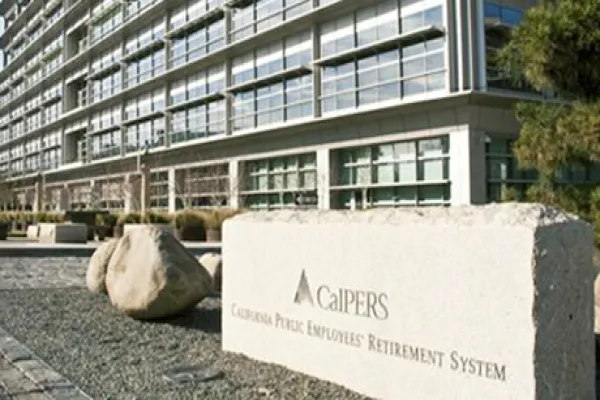Rob Copeland had Wall Street buzzing last week over his new book on Bridgewater and Ray Dalio. But another new publication — yes, less salacious — may be more useful to allocators in the coming years.
Last week, Hewlett Foundation CIO Ana Marshall’s "The Climb to Investment Excellence: A Practitioner’s Guide to Building Exceptional Portfolios and Teams" was released, which may help fill the void of books geared to allocators. David Swensen's legendary "Pioneering Portfolio Management: an Unconventional Approach to Institutional Investment" still dominates bookshelves.
“There are a lot of books that say, this is the one way to do it,” Marshall, the longtime CIO at the $13 billion foundation, said in an interview. “I wanted to make it something we could adapt.”
Marshall drew on her 19 years of experience at Hewlett, 12 of which were spent as its CIO, to pen the new title. Under Hewlett’s first CIO Laurence Hoagland, Marshall helped establish the investment program, and was eventually named his successor.
Her book traces the process of building a new investment office for an institution through managing it in maturity, a journey that Marshall herself knows well.
The book was borne from white papers Marshall wrote for the board at Hewlett, members of which encouraged her to write more on the topic and share it with the broader community. She knew how sorely it was needed: As a lecturer for Stanford University’s class on institutional investing, Marshall said she struggled to find the appropriate textbook for her students.
Marshall breaks the book into three parts: The first is focused on establishing governance practices, internal policies, and a team. It also serves as a primer on public and private markets. The second part delves more deeply into portfolio construction, risk management, liquidity, benchmarking, and manager selection. The third and final portion of the book tackles the soft skills necessary for success, including team management, building trust with a board, developing GP relationships, and managing personal emotions and biases.
“I spent so much time on relationships in the book,” Marshall said. “I think people forget that it’s a relationship business.”
Some tidbits from the book on relationship building: Developing trust with the board requires “that the CIO consider their commitment to the institution in a minimum of five- to ten-year commitments.” Offering once-a-year deep dives on asset classes to the board and keeping them abreast of team skills in executive session meetings can go a long way, according to the book.
"The Climb" would best serve readers as a reference manual and a starting point for conversations with peer institutions. Marshall said that she spent a fair bit of time on the book’s index, hoping that folks in the industry could easily reference the information within.
“It’s literally a handbook,” Marshall said. “It’s meant to be a resource on everybody’s shelf.”
The advice within is practical and digestible: Marshall walks readers through the rationale investment teams use to make decisions. Take, for example, her guidance on secondaries. Marshall suggests that the LPs who want to sell a stake should choose to put brand-name fund interests in their portfolios, as they’re easier for buyers to underwrite and can attract investors. Sales of a single fund interest do well during periods of market stress, while portfolios of secondary assets are best suited for periods of uncertainty.
The book has already earned high praise from Baupost Group CEO Seth Klarman, Elliott Management founder Paul Singer, and Marc Andreessen, co-founder at Andreessen Horowitz. Singer called it, “Required reading for all CIOs.”
Marshall sees the sharing of this information as an imperative for folks in the industry. “Part of our responsibility on being successful CIOs is being able to pass down this knowledge and to have others become better investors,” she said.







